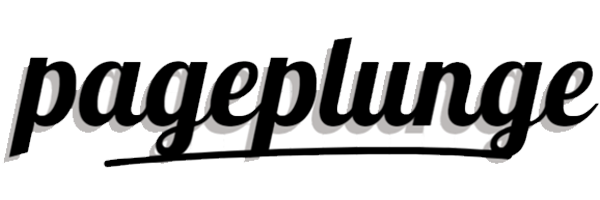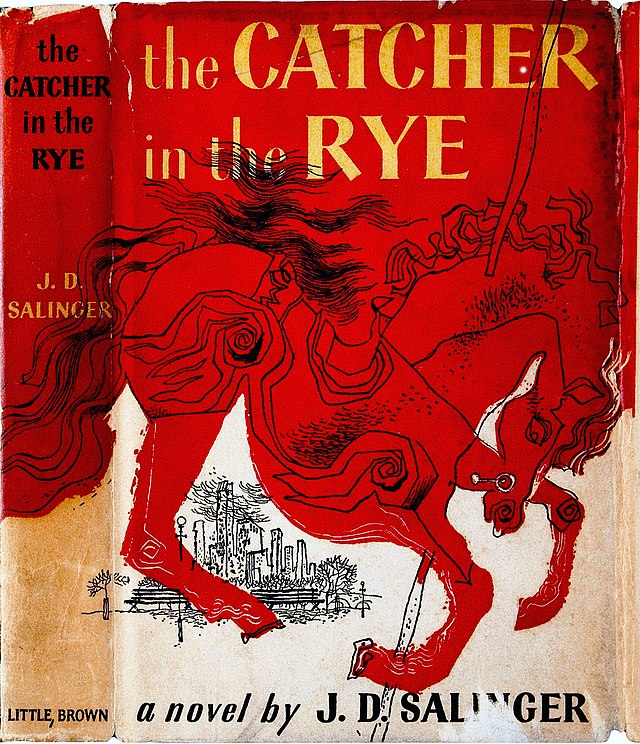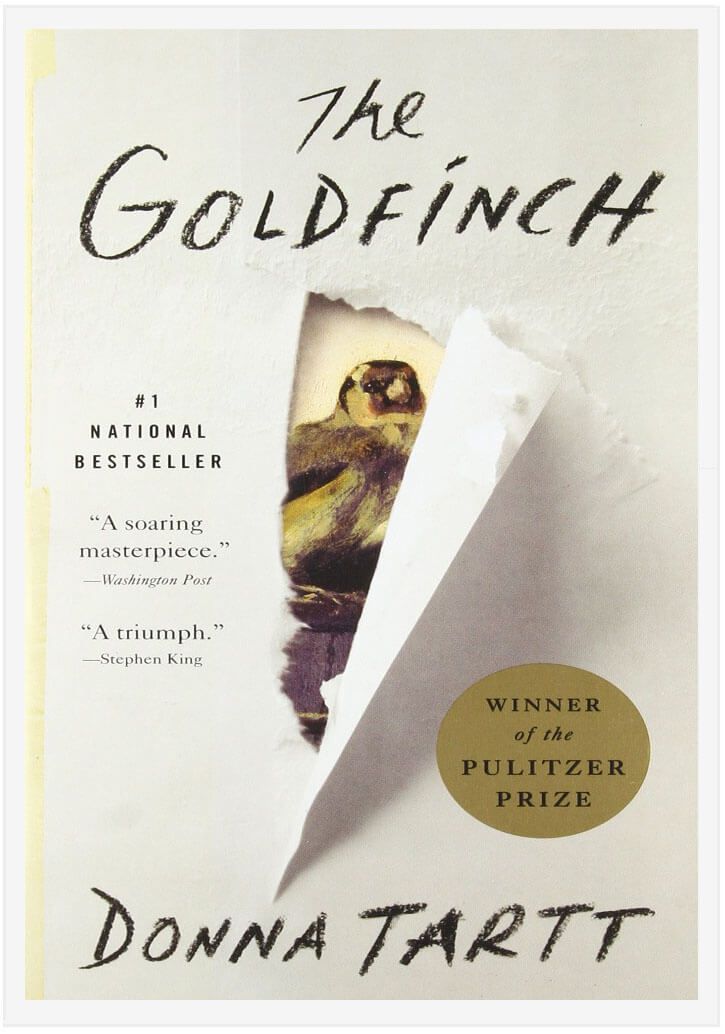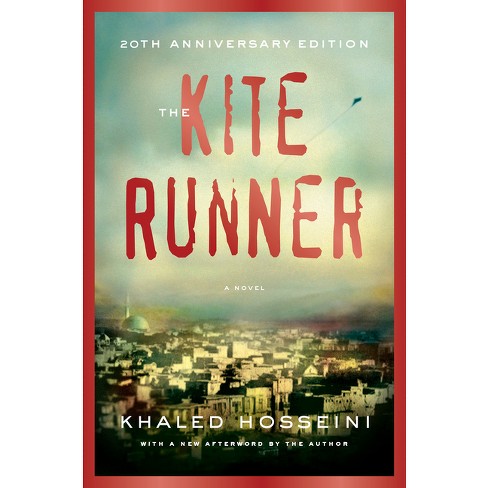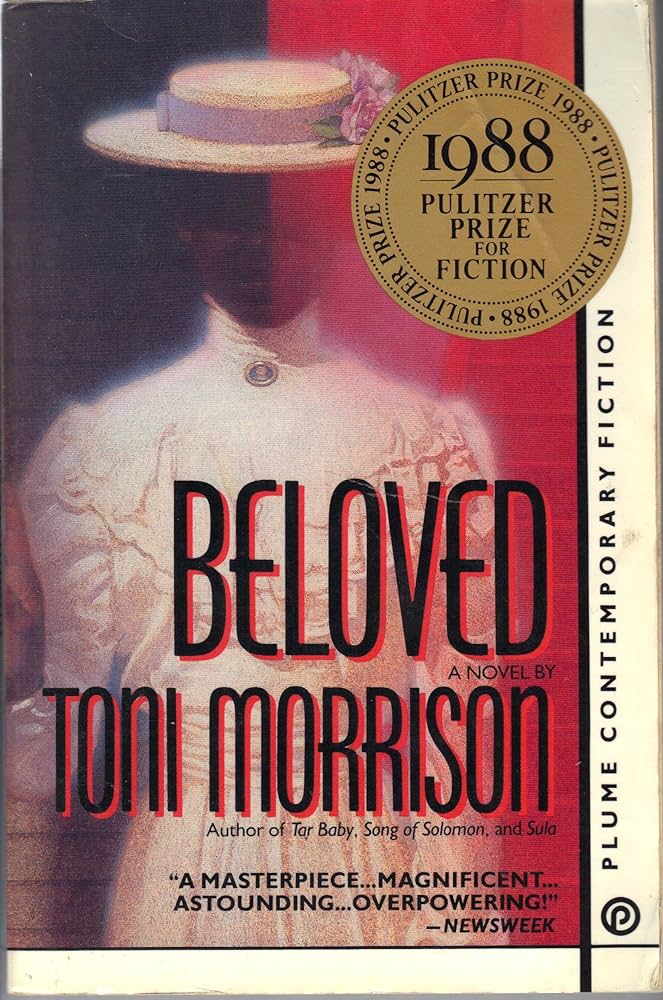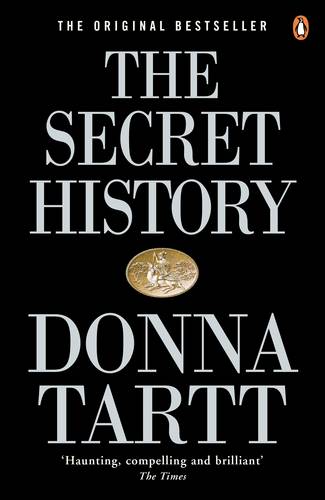 Introduction:
Introduction:
Entering the world of “The Secret History” by Donna Tartt is akin to stepping into a labyrinth of intrigue, obsession, and moral ambiguity. Published in 1992, Tartt’s debut novel is a mesmerizing exploration of the dark underbelly of academia, blending elements of psychological thriller and literary fiction with breathtaking precision. As I delved into the enigmatic world of “The Secret History,” I found myself captivated by its atmospheric prose, complex characters, and chilling exploration of human nature. In this reflective analysis, I will delve into the themes, characters, and narrative techniques that make “The Secret History” a haunting and unforgettable literary journey.
The Allure of the Elite:
At the heart of “The Secret History” lies the seductive allure of exclusivity and privilege, as Tartt takes readers inside the cloistered world of an elite group of Classics students at a prestigious New England college. Through the eyes of the novel’s protagonist, Richard Papen, we are drawn into the inner circle of this tight-knit group, whose intellectual pursuits and hedonistic lifestyle blur the boundaries between genius and madness. Tartt explores the intoxicating power of belonging, as Richard becomes increasingly entangled in the lives of his enigmatic classmates and the dark secrets that bind them together. As the novel unfolds, Tartt peels back the layers of this rarefied world, revealing the moral decay and psychological turmoil that lurk beneath its polished surface.
The Anatomy of Guilt:
Central to “The Secret History” is the theme of guilt and its corrosive effects on the human psyche, as Tartt delves into the moral complexities of murder and its aftermath. Through the murder of a classmate, Tartt explores the psychological toll of guilt and the lengths to which individuals will go to conceal their darkest secrets. As Richard grapples with his own complicity in the crime, Tartt offers a haunting meditation on the nature of culpability and the boundaries of morality. With its intricate plotting and morally ambiguous characters, “The Secret History” challenges readers to confront their own ethical beliefs and consider the consequences of their actions.
The Power of Narrative:
One of the most compelling aspects of “The Secret History” is Tartt’s masterful use of narrative structure and perspective, as she weaves together multiple timelines and viewpoints to create a rich tapestry of storytelling. Through Richard’s retrospective narration, Tartt invites readers into the inner workings of his mind, offering glimpses of his past and present as he grapples with the aftermath of the murder. Tartt’s prose is lyrical and atmospheric, imbuing each scene with a sense of foreboding and unease. As the novel unfolds, Tartt skillfully builds tension and suspense, keeping readers on the edge of their seats until the final, shocking revelation.
Conclusion:
In conclusion, “The Secret History” by Donna Tartt is a literary tour de force that combines elements of mystery, psychological suspense, and coming-of-age drama to create a haunting and unforgettable reading experience. Through its exploration of guilt, privilege, and the power of narrative, Tartt’s novel offers a searing indictment of the human condition and the darker impulses that lie beneath the surface of society. With its richly drawn characters, atmospheric prose, and labyrinthine plot, “The Secret History” stands as a timeless masterpiece of contemporary literature, challenging readers to confront their own moral compass and consider the consequences of their actions in a world where the line between right and wrong is often blurred.
